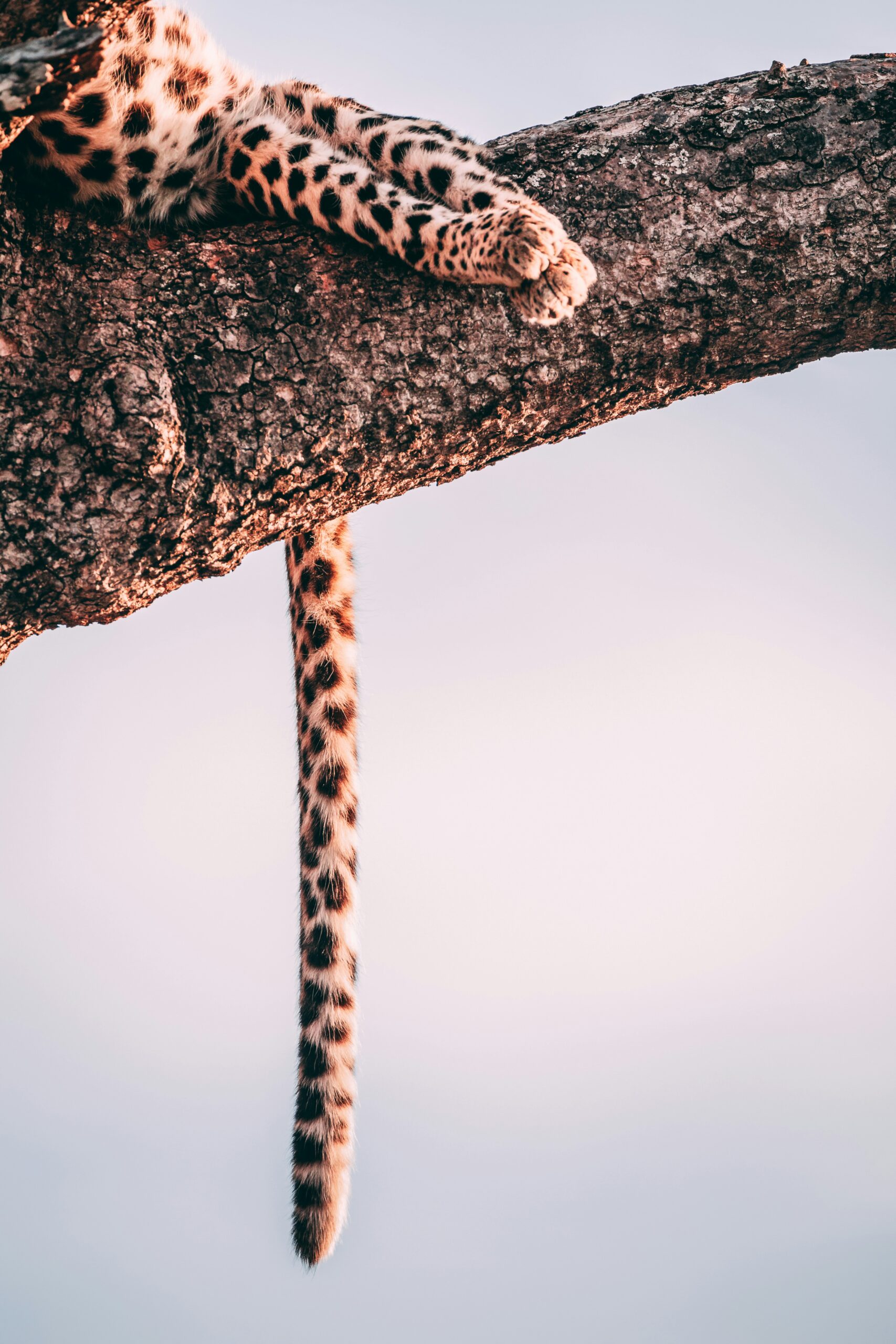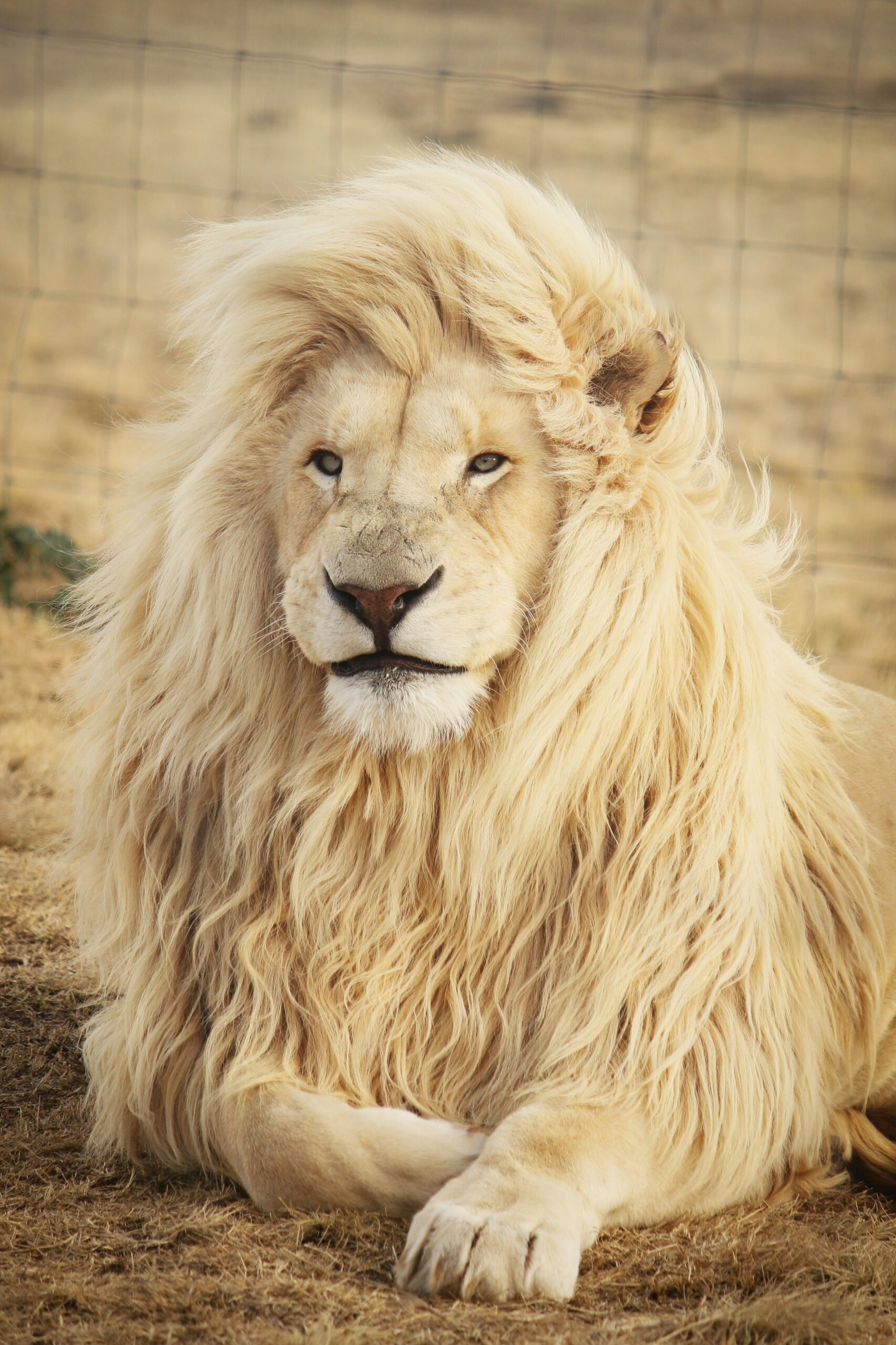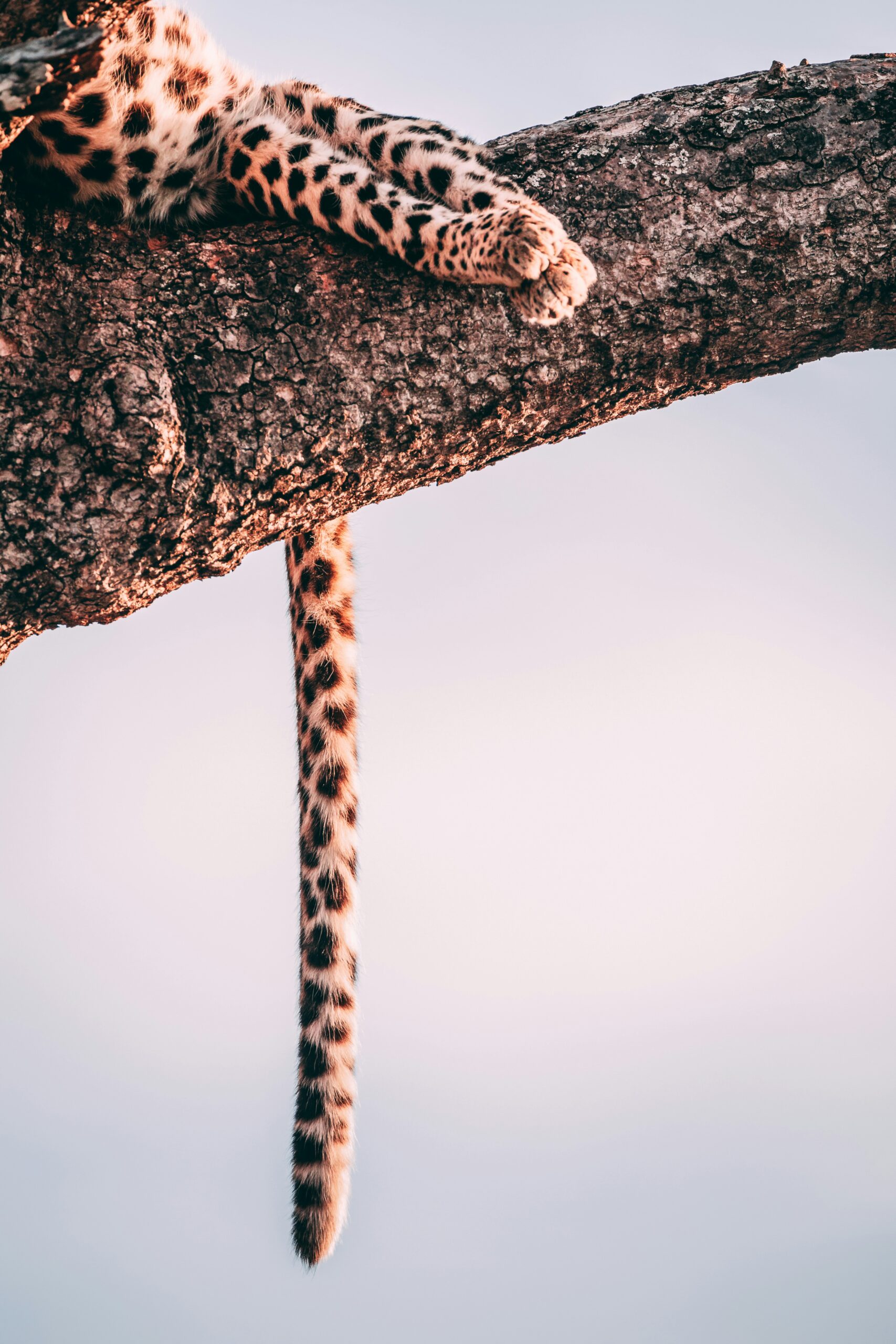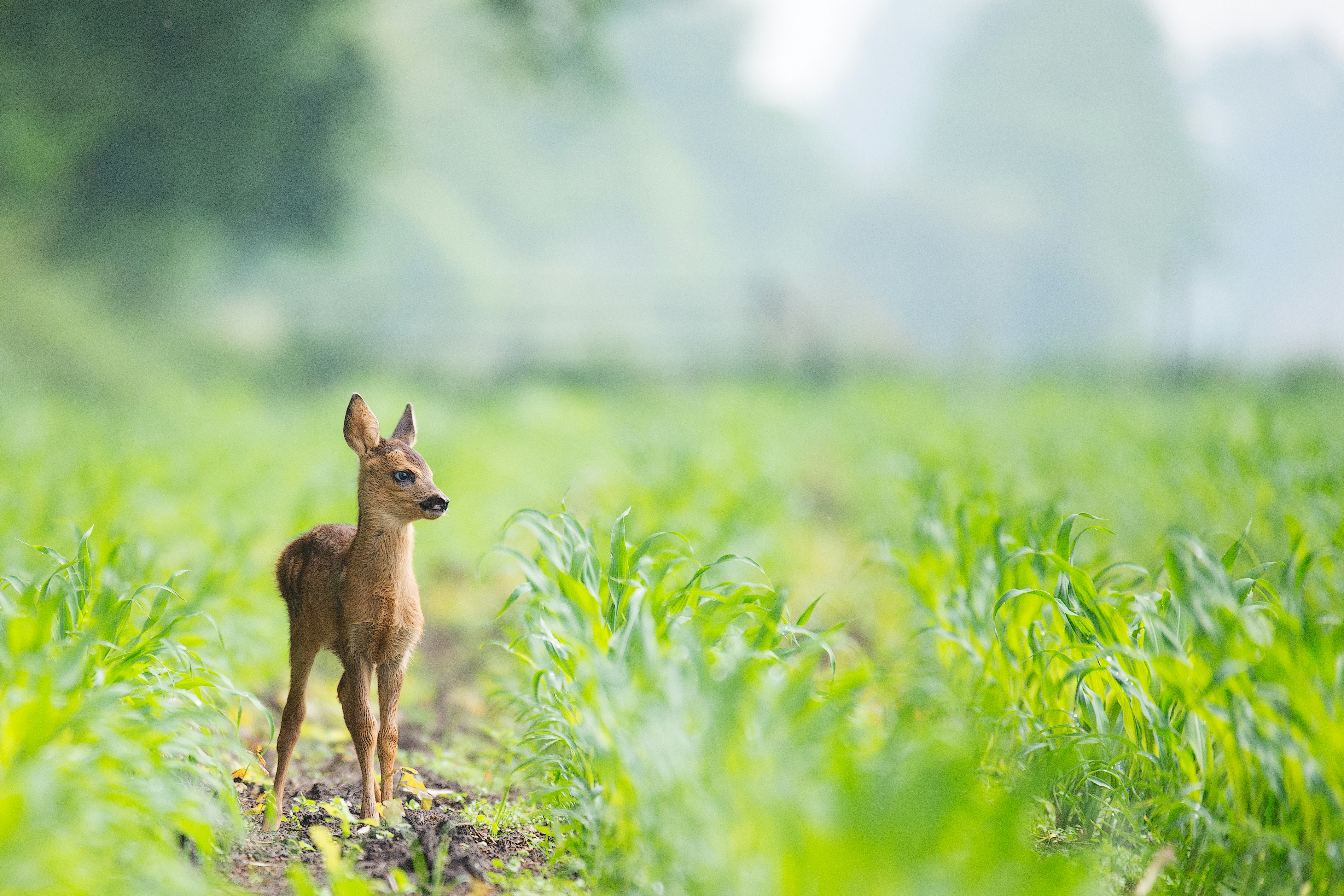Mount Shasta, with its stunning natural beauty and diverse ecosystem, is home to a wide array of fascinating animals. From the majestic black bear and elusive mountain lion to the playful otter and graceful deer, these creatures inhabit the vast wilderness surrounding the iconic mountain. The area is also frequented by soaring eagles, soaring above the treetops, and curious foxes, darting through the underbrush. With its rich biodiversity, the Mount Shasta area offers nature lovers an incredible opportunity to observe and appreciate the wonders of the animal kingdom.

Mammals of Mount Shasta
Black Bears
One of the most iconic mammals in the Mount Shasta area is the Black Bear. These magnificent creatures are known for their distinctive black fur and can often be spotted throughout the region. Black Bears are primarily herbivorous, with a diet that consists mainly of berries, nuts, and grasses. However, they are opportunistic feeders and will sometimes scavenge for food in human-populated areas. It is important to remember that while encounters with Black Bears are rare, it is crucial to give them their space and not approach or feed them.
Mountain Lions
Another majestic predator that roams the Mount Shasta area is the Mountain Lion. Also known as cougars or pumas, Mountain Lions are solitary creatures that primarily hunt at night. They are incredibly agile and can easily traverse the rugged terrain of Mount Shasta. Their diet mainly consists of deer and small mammals. While encounters with Mountain Lions are extremely rare, it is advisable to stay vigilant and avoid hiking alone, especially during dawn or dusk.
Porcupines
Porcupines are well-adapted to the mountainous regions of Mount Shasta. These small, prickly mammals have a unique defense mechanism: their quills. When threatened, porcupines raise their quills, making it difficult for predators to attack them. They mainly feed on tree bark, twigs, and leaves. If you come across a porcupine, admire it from a distance as trying to touch or handle it can result in painful quill pricks.
Chipmunks
The Mount Shasta area is home to several species of chipmunks, including the Western Chipmunk and the Yellow-pine Chipmunk. These adorable small rodents are known for their quick movements and their characteristic chirping sound. Chipmunks have cheek pouches that they use to store food, which mainly consists of seeds, nuts, and fruits. While they may be tempted to approach humans due to their curiosity, it is important not to feed them, as this can disturb their natural behavior and diet.
Mule Deer
Mule Deer are a common sight in the Mount Shasta area. These graceful and agile creatures can be found throughout the surrounding forests and meadows. They have large ears, which resemble mule ears, hence their name. Mule Deer primarily feed on grass, leaves, and twigs. During the mating season, you may witness the breathtaking spectacle of bucks competing for the attention of females by showcasing their impressive antlers.
Gray Foxes
The elusive Gray Fox can be found in the Mount Shasta area. This small carnivore is known for its beautiful gray fur, reddish coloration on its ears, and its ability to climb trees. Gray Foxes have a diverse diet, which includes small mammals, birds, reptiles, and fruits. They are primarily active during the night but can occasionally be seen during the day. If you happen to spot a Gray Fox, consider yourself lucky, as they are known to be elusive and shy.
Bird Species in the Mount Shasta Area
Northern Spotted Owls
One of the most iconic bird species in the Mount Shasta area is the Northern Spotted Owl. These magnificent birds are known for their large, expressive eyes and their unique hooting call. They primarily inhabit older forests and are considered an indicator species for the overall health of the ecosystem. Due to habitat loss and competition with the barred owl, the Northern Spotted Owl is listed as a threatened species. Efforts are underway to protect their habitat and ensure their survival.
Bald Eagles
The majestic Bald Eagle is another notable bird species in the Mount Shasta area. Known for their striking white head and tail feathers, these birds are often associated with strength and patriotism. Bald Eagles primarily feed on fish and are commonly spotted near rivers and lakes. They construct large nests, called aeries, on tall trees or rocky cliffs. Thanks to conservation efforts, the population of Bald Eagles has rebounded in recent years, and they are no longer listed as an endangered species.
Peregrine Falcons
Peregrine Falcons are renowned for their incredible speed and agility in flight. These magnificent birds can reach speeds of over 240 miles per hour during their hunting dives, known as stoops. Peregrine Falcons primarily feed on smaller birds, capturing them mid-air with their sharp talons. Thanks to intensive conservation efforts, the population of Peregrine Falcons has significantly recovered from the brink of extinction, and they are no longer listed as an endangered species.
Woodpeckers
The Mount Shasta area is home to a variety of woodpecker species, including the Black-backed Woodpecker and the Downy Woodpecker. These birds are known for their unique ability to drill into trees using their specialized beaks. Woodpeckers primarily feed on insects found under the bark of trees, using their long tongues to extract their prey. Their drumming sounds can often be heard resonating through the forests of Mount Shasta.
Songbirds
A diverse array of songbirds can be found in the Mount Shasta area, filling the air with their melodious tunes. These small, vibrant birds include species such as the Western Bluebird, Mountain Bluebird, and the American Robin. Songbirds play a vital role in pollination and seed dispersal, contributing to the health and diversity of the ecosystem. Their cheerful songs and vibrant plumage make them a delight to observe and listen to while exploring the natural beauty of Mount Shasta.
Amphibians Found Around Mount Shasta
Yellow-legged Frogs
Yellow-legged Frogs are native to the Mount Shasta area and are known for their striking yellow underbellies. They inhabit mountainous streams and lakes and are excellent swimmers. Unfortunately, the population of Yellow-legged Frogs has greatly declined in recent years. They are now listed as a threatened species due to habitat loss, pollution, and the introduction of non-native species. Efforts are underway to restore and protect their habitats to ensure their survival.
Red-legged Frogs
Named for their reddish-colored legs, Red-legged Frogs are another amphibian species found in the Mount Shasta area. These large frogs are skilled swimmers and can be found in ponds, lakes, and slow-moving streams. Red-legged Frogs primarily feed on insects and invertebrates. Their populations have also experienced a decline, making conservation efforts crucial for their long-term survival.
Western Toads
Western Toads are widespread in the Mount Shasta area and can be found in a variety of habitats, including meadows, forests, and near bodies of water. These toads have warty skin and secrete a toxin as a defense mechanism against predators. Western Toads primarily feed on insects and are essential for maintaining a balanced ecosystem. Their distinctive calls can often be heard during the breeding season.
Salamanders
The Mount Shasta area is home to various species of salamanders, including the Del Norte Salamander and the Long-toed Salamander. These small, slender amphibians have moist skin and are well-adapted to their forested habitats. Salamanders play an important role in nutrient cycling and are indicators of a healthy ecosystem. They primarily feed on insects, worms, and small invertebrates.
Reptiles of Mount Shasta
Western Pond Turtles
Western Pond Turtles are the only species of turtle found in the Mount Shasta area. These turtles inhabit wetlands and slow-moving bodies of water, where they bask in the sun on logs or rocks. They are primarily herbivorous, feeding on aquatic vegetation and occasionally small invertebrates. Western Pond Turtles are currently a species of concern due to habitat loss and the impacts of invasive species.
Gopher Snakes
Gopher Snakes, also known as Pacific Gopher Snakes, are non-venomous reptiles commonly found in the Mount Shasta area. They are often mistaken for rattlesnakes due to their similar coloration and behavior when threatened. Gopher Snakes primarily feed on rodents, making them an important predator for controlling rodent populations. These snakes are generally docile and can be beneficial in maintaining a balanced ecosystem.
Western Fence Lizards
Western Fence Lizards are the most common lizard species found in the Mount Shasta area. These small, ground-dwelling reptiles are known for their ability to change color, from brown to gray, depending on their surroundings. Western Fence Lizards primarily feed on small insects and spiders. Their presence is an indication of a healthy ecosystem, as they help control insect populations.
Northern Alligator Lizards
Northern Alligator Lizards are another reptile species found in the Mount Shasta area. These lizards have long, slender bodies and can often be found near streams or other sources of water. They are primarily insectivorous and consume a wide variety of invertebrates. Northern Alligator Lizards are known for their ability to “drop” their tails when threatened, allowing them to escape from predators.

Aquatic Life in Mount Shasta
Trout Species
The crystal-clear streams and lakes of Mount Shasta are home to various species of trout, including Rainbow Trout and Brown Trout. These fish are highly prized by anglers for their beautiful colors and their challenging nature to catch. Trout primarily feed on small aquatic insects, worms, and other small fish. When visiting Mount Shasta, fishing enthusiasts can enjoy the thrill of catching these elusive and wily fish.
Salmon Species
Salmon hold a special place in the ecosystem and culture of Mount Shasta. Each year, the rivers and streams in the area witness the incredible journey of Chinook Salmon and Coho Salmon as they make their way upstream from the ocean to spawn. This natural spectacle is not only awe-inspiring but also vital for the survival of these iconic species. The return of spawning salmon also provides a rich source of nutrients for the surrounding ecosystem.
Crayfish
Crayfish, also known as crawfish or crawdads, can be found in the aquatic habitats of Mount Shasta. These small, lobster-like crustaceans play an important role in the food chain, serving as prey for larger fish and birds. Crayfish feed on a variety of plant and animal matter, including algae, insects, and even small fish. Their presence adds to the diversity and ecological balance of the aquatic ecosystems in the Mount Shasta area.
Aquatic Insects
The streams and lakes of Mount Shasta are teeming with an abundance of aquatic insects. These insects, including mayflies, caddisflies, and stoneflies, play a vital role in the ecosystem as a food source for fish and other aquatic organisms. They also contribute to nutrient cycling and the breakdown of organic matter. Observing the intricate life cycles and behaviors of these fascinating insects can provide a deeper appreciation for the interconnectedness of nature.
Insects Native to Mount Shasta
Butterflies and Moths
Mount Shasta is home to a wide variety of butterflies and moths, adding splashes of color to the surrounding landscapes. From the vibrantly colored Western Tiger Swallowtail to the camouflaged Mourning Cloak, these insects captivate with their beauty and intricate wing patterns. Butterflies and moths serve as important pollinators, aiding in the reproduction of plants and contributing to the overall health and biodiversity of the ecosystem.
Beetles
Beetles are the largest group of insects, and Mount Shasta is no exception to their abundance and diversity. From the charismatic Ladybugs to the nocturnal Ground Beetles, these fascinating creatures fulfill various roles in the ecosystem. Some beetles play a crucial role in decomposing organic matter, while others contribute to pollination. Their vast array of colors, shapes, and behaviors make beetles a captivating aspect of the natural world.
Dragonflies and Damselflies
The streams and ponds of Mount Shasta are playgrounds for dragonflies and damselflies. With their intricate flight patterns and vibrant colors, these insects are a delight to observe. Dragonflies are known for their agile flight and powerful jaws, which they use to capture prey on the wing. Damselflies, on the other hand, have a more delicate appearance and are often found perched on vegetation near the water's edge. These insects are indicators of a healthy aquatic ecosystem and play a crucial role in controlling populations of smaller insects.
Native Bees
Mount Shasta provides a vital habitat for numerous species of native bees, including bumblebees, leafcutter bees, and mining bees. These bees are important pollinators, playing a key role in the reproduction of numerous plant species. Native bees are known for their diverse sizes and appearances, ranging from tiny metallic green sweat bees to the large and fuzzy bumblebees. Encouraging the presence of native bees through habitat preservation and planting pollinator-friendly gardens is essential for their survival.
Bats Around Mount Shasta
Big Brown Bats
The Mount Shasta area is home to several bat species, including the Big Brown Bat. These nocturnal creatures are known for their large size and their ability to forage for insects in the darkness. Big Brown Bats primarily feed on moths, beetles, and other flying insects, making them valuable predators for regulating insect populations. They play a vital role in maintaining the delicate balance of the ecosystem and should be appreciated for their ecological contributions.
Long-eared Myotis
Long-eared Myotis bats can also be found in the Mount Shasta area. These bats possess distinctively long ears, which they use to locate their prey using echolocation. Long-eared Myotis primarily feed on moths and other insects. They play an essential role in maintaining healthy ecosystems by controlling insect populations and providing food for other predators, such as owls and hawks.
Silver-haired Bats
Silver-haired Bats are another bat species that can be found in the Mount Shasta area. These small bats have dark fur with silver-tipped hairs, giving them their name. Silver-haired Bats primarily feed on insects, including moths, beetles, and mosquitoes. Bats are invaluable for controlling insect populations, making them beneficial for both humans and the natural environment.
Hoary Bats
Hoary Bats are migratory bats that can occasionally be found in the Mount Shasta area during their seasonal journeys. These bats have distinctive frosted or hoary fur, which provides excellent camouflage. Hoary Bats primarily feed on moths, catching them in mid-flight. Observing the aerial acrobatics of these bats can be a mesmerizing experience, highlighting the unique adaptations and behaviors of these nocturnal creatures.
Wild Horses and Burros
Wild Horses
The Mount Shasta area is home to a population of wild horses known for their strength and resilience. These horses are descendants of domesticated horses that were released or escaped into the wild. They have adapted to the rugged terrain and have become part of the natural landscape. The presence of wild horses adds to the beauty and diversity of the Mount Shasta area, reminding us of the wild spirit that remains in these untamed lands.
Wild Burros
In addition to wild horses, wild burros can also be found in the Mount Shasta area. These hardy and sure-footed animals have become a testament to the area's rich history and the resilience of wildlife. Wild burros have adapted to the arid conditions and can be seen grazing the open landscapes. Their presence serves as a reminder of the interconnectedness between humans and animals and the importance of coexistence.
Endangered and Threatened Species
Northern Spotted Owl
The Northern Spotted Owl is an emblematic species of the old-growth forests in the Mount Shasta area. Due to habitat loss and competition with the barred owl, the Northern Spotted Owl is listed as a threatened species. Conservation efforts focus on preserving and restoring their habitat, as well as monitoring their population and nesting sites to ensure their long-term survival. The preservation of these majestic owls is essential for maintaining the health and biodiversity of the surrounding ecosystem.
Yellow-legged Frog
The Yellow-legged Frog is a native amphibian species that has experienced a significant decline in population in the Mount Shasta area. Habitat loss, pollution, and the introduction of non-native species have contributed to their decline. To protect this endangered species, conservation efforts include habitat restoration, captive breeding programs, and the removal of non-native predators. Safeguarding the habitat of the Yellow-legged Frog is crucial for the overall health of the ecosystem.
Pacific Fisher
The Pacific Fisher, a rare and elusive member of the weasel family, is listed as a threatened species in the Mount Shasta area. These agile predators primarily inhabit old-growth forests and are highly dependent on the presence of large trees for denning and hunting. Habitat loss, logging, and trapping have significantly impacted their populations. Efforts are being made to protect their habitat, reduce trapping, and further understand their ecological requirements to ensure the survival of these unique animals.
Human Interaction and Conservation
Coexistence with Wildlife
As visitors to the Mount Shasta area, it is essential to understand and respect the natural wildlife. Coexistence with wildlife involves maintaining a safe distance, refraining from feeding animals, and avoiding behaviors that can disrupt their natural behavior. By adopting responsible behaviors, such as proper waste disposal and minimizing noise pollution, we can create a harmonious environment where humans and wildlife can peacefully thrive together.
Conservation efforts
Conservation efforts in the Mount Shasta area are vital for protecting and preserving the diverse range of animal species that call this region home. Numerous organizations and agencies are involved in habitat restoration, captive breeding programs, and research initiatives to better understand the needs and threats facing these animals. Through collaboration and public awareness, conservation efforts can ensure the long-term survival of the region's unique wildlife.
Impacts of Tourism on Wildlife
The beauty and allure of the Mount Shasta area attract a significant number of tourists each year. While tourism can provide economic benefits to local communities, it can also have unintended consequences on wildlife. Increased foot traffic, littering, and habitat disturbance can disrupt natural behaviors, stress animals, and negatively impact their survival. Respecting designated trails, following guidelines on wildlife viewing, and using eco-friendly practices can help minimize the impacts of tourism on the region's wildlife.
Wildlife Rehabilitation and Rescue
In situations where wildlife becomes injured or requires assistance, wildlife rehabilitation and rescue organizations play a crucial role. These organizations provide medical care, rehabilitation, and release programs for injured, orphaned, or distressed animals. By supporting these organizations through donations and volunteering, we can contribute to the recovery and well-being of the region's wildlife, ensuring that they can continue to thrive in the natural beauty of Mount Shasta.
In conclusion, the Mount Shasta area boasts a rich diversity of animal species, ranging from majestic black bears and mountain lions to delicate butterflies and elusive Northern Spotted Owls. Each species plays a vital role in the delicate balance of the ecosystem, highlighting the interconnectedness of all living beings. By appreciating and respecting the wildlife that calls Mount Shasta home, we can contribute to their conservation and ensure the preservation of this natural wonder for generations to come.


